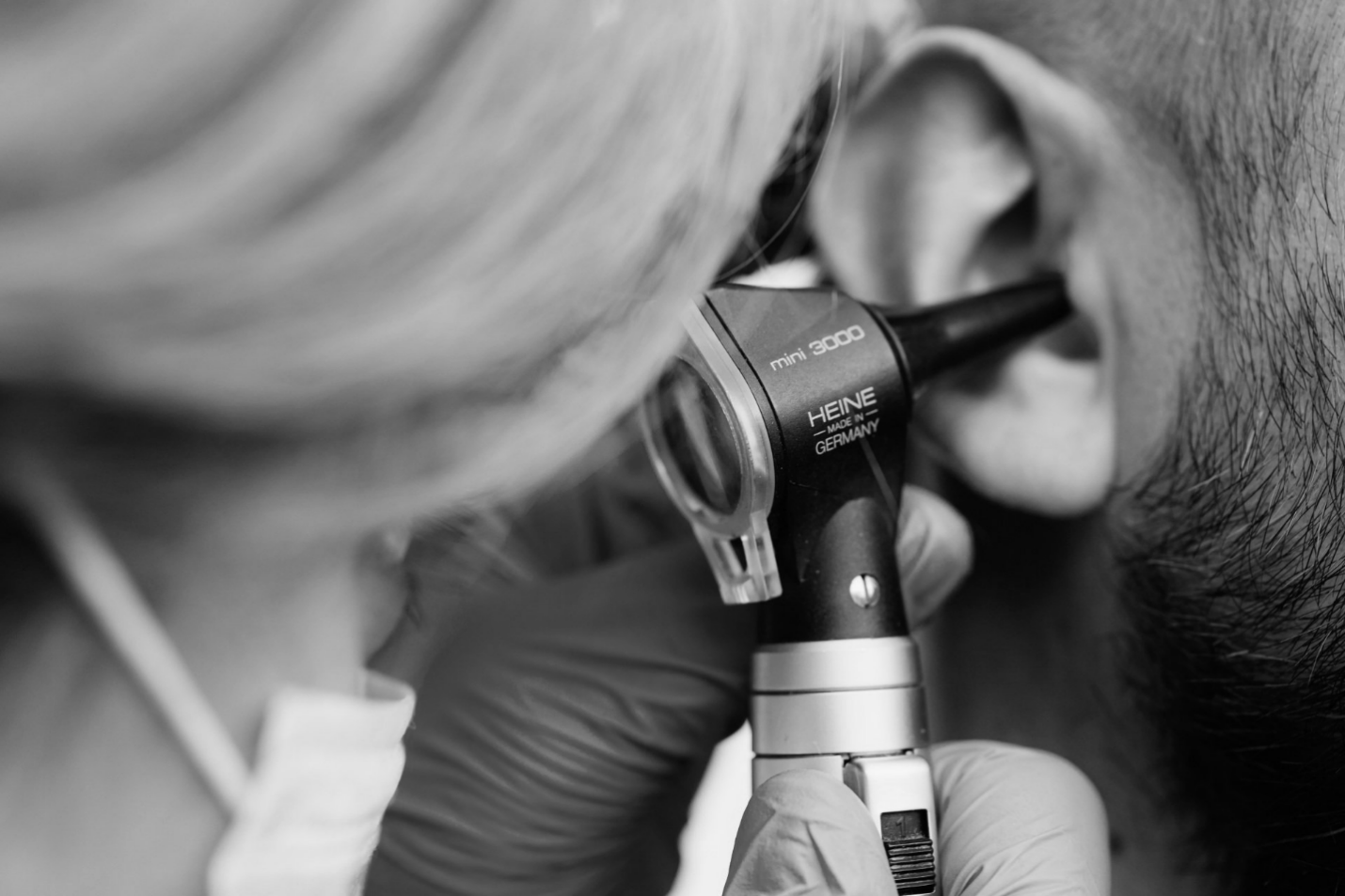Wind Noise and Hearing Aids: How CIC Designs Improve Your Listening Experience
Trying to have a conversation outside on a breezy day can mean a relentless roar of wind in your ears. Frustrating, right? Unfortunately, standard hearing aids can’t do much to help with this situation. That's where CIC (Completely-in-Canal) hearing aid designs swoop in with superb sound quality, rescuing your listening experience from wind noise. Today, we’re exploring how these tiny, discreet devices make a difference.
Understanding the Wind Noise Dilemma
Wind noise is like a background character in a movie, always stealing the scene. When you wear hearing aids, these devices amplify sound, including the wind. Wind noise is loud, constant, and often completely overwhelming. And did you know that wind noise can even cause hearing loss? In windy conditions, the noise generated by gusty winds can reach or exceed 85 decibels (dB), especially during storms or in open areas with strong winds.
While short-term exposure to these sound levels might not cause lasting damage, this could become a problem if you love daily walks on a windy beach, ride bicycles often, or live in a windy area. That’s one annoying (and potentially dangerous) natural sound!
The Windbreaker: CIC Hearing Aids
For people with hearing loss, the right choice of hearing aid isn’t just about convenience. It’s about safety. We want to prevent any further damage while making sure you enjoy your hearing as much as possible. CIC hearing aids are custom-made to fit snugly inside your ear. They sit deep in your canal, naturally shielding your ears from the wind's fury.
One fantastic feature of CIC hearing aids is their microphones. They can pinpoint the direction of sounds, and some models of hearing aids even come with wind-blocking technology. They automatically reduce the amplification of wind noise while enhancing the sounds you want to hear. This way, you won’t need to strain to hear above those gale-force blasts. CIC hearing aids also use the natural shape of your ear to help with wind too as the microphones are less exposed in comparison to some other styles of hearing aids.
Not only do CIC hearing aids give you a crystal-clear listening experience, but they also boost your confidence. Unlike larger hearing aids that can be noticeable, CIC designs are discreet and virtually invisible to the naked eye. You can wear them with pride, knowing you're enhancing your hearing without drawing unnecessary attention.
CIC Hearing Aids vs. the Wind
In the battle against wind noise, CIC hearing aids emerge as the unsung heroes. They blend seamlessly into your life, offering exceptional sound quality while keeping pesky wind noise at bay. So, if you're tired of straining to hear over the wind's uproar, you may want to chat with your audiologist about CIC hearing aids. Say goodbye to wind noise and hello to a world of clearer, crisper sound.



